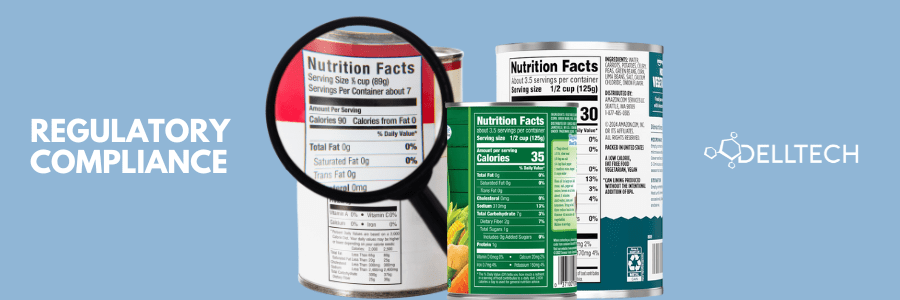By: Teah Jazey, Regulatory Affairs & Product Safety Associate, email
On May 17, 2024 Health Canada modified the Canadian Hotlist with some of the proposed changes that were posted last year. Please find below the list of new and amended items on the Hotlist.
New Additions
- Basic Green 4 – added to the prohibited list due to the potential risk of developmental effects as assessed by the Chemicals Management Plant (CMP).
- Benzophenone – Added to the restricted list due to adverse maternal effects such as decreased body weight, assessed by the CMP.
- P-Chloro-m-cresol – added to the restricted list due to concerns regarding the adrenal organs. This was assessed under the CMP.
- Solvent Violet 13 – added to the list of restricted substances due to health concerns identified under the CMP.
Updated Items
- Dialkanolamines, secondary – this was amended to bring clarity and to add secondary Alkyl- and alkanolamines and their salts. This is important to clarify as these substances can have the potential to act as a precursor to nitrosamines that are carcinogenic. This entry is found under the prohibited
- Alpha Hydroxy Acids (AHAs)– this entry was amended to include Polyhydroxy acids, bionic acids with alpha-hydroxyl groups and their salts. They have been added as they meet the chemical definition of AHAs. These substances are found on the restricted
- Hydroquinone – was amended on the restricted list to expand the use on nails to consumers as well as increase the maximum concentration permitted. There is now also a maximum combined total when used with p-Hydroxyanisole.
- p-Hydroxyanisole – as mentioned above this entry was also updated to add the combined concentration limit when used with Hydroquinone. This substance is present on the restricted
- Talc – is amended to help reduce inhalation exposure in cosmetics that can lead to non-cancer related issues such as fibrosis as well as a way to reduce genital exposure to the population that has intact ovary/ovaries. The CMP identified exposure in this population can cause ovarian cancer.
Any of the remaining items that were proposed to be added or amended previously are still currently under review/consultation. Feel free to read this blog which reviews all the amendments that were proposed in July 2023, by Health Canada.
If you have any questions or need assistance please reach out to Dell Tech, we would be happy to help you!
Dell Tech has provided professional, confidential consulting services to the specialty chemical
industry in Canada, the USA, Europe, and Asia for the last 40 years.
[INSERT_ELEMENTOR id=5705]





